What do you guys think about my prediction from now until 2035? Its a long read, but worth it.
Scenario: The Beginning of Hyperbitcoinization
Background Context (2024-2028)
Throughout the mid-2020s, global economic and geopolitical challenges have continued to erode trust in traditional financial systems. Inflation rates in several major economies remained persistently high despite central banks' efforts to control them. At the same time, economic inequalities worsened, and political instability in certain regions led to currency devaluations.
Cryptocurrencies, particularly Bitcoin, gained further acceptance as an alternative to fiat currencies. Large institutions and sovereign wealth funds began to hold Bitcoin as a strategic asset, and more companies adopted it for cross-border payments. Meanwhile, the rapid advancement of blockchain technology improved Bitcoin's scalability, security, and usability, making it increasingly viable for everyday transactions.
Scenario Key Events Leading to Hyperbitcoinization:
1. 2024-2026: Accelerated Adoption Amid Global Financial Turmoil
- Economic Instability: The global economic environment became increasingly unstable between 2024 and 2026. Major economies, particularly in Europe and Latin America, experienced worsening inflation due to supply chain disruptions, rising commodity prices, and ongoing geopolitical conflicts.
- Fiat Currency Devaluation: Several countries, including Argentina, Turkey, and certain African nations, experienced hyperinflation. This led to a surge in Bitcoin adoption in these regions as people sought refuge from devaluing local currencies.
- Institutional Adoption: Major corporations like Tesla, Microsoft, and several global banks began to diversify their reserves by holding Bitcoin as an inflation hedge. Bitcoin ETFs gained popularity, further legitimizing the asset in mainstream finance.
2. 2027-2028: Regulatory Clarity and Legalization
- Regulatory Support: By 2027, several countries developed clear and supportive regulatory frameworks for Bitcoin, including the U.S., Japan, and several EU nations. These regulations established Bitcoin as a legal and widely accepted asset, allowing companies and individuals to transact with it more freely.
- Emerging Economies Lead the Charge: Countries with struggling economies began to officially adopt Bitcoin as legal tender. Following El Salvador’s earlier lead, nations like Nigeria and Venezuela made Bitcoin an official currency in their countries, incentivizing people to use it for daily transactions.
- Financial Technology Revolution: The integration of Bitcoin with traditional financial systems and new blockchain-based payment platforms allowed for instant, low-cost Bitcoin transactions worldwide. New wallet technologies made it easy for even the technologically unskilled to store and use Bitcoin securely.
3. 2029-2030: The Hyperbitcoinization Trigger
- Global Currency Crisis: In 2029, a major global financial crisis triggered by a combination of sovereign debt defaults, energy shortages, and rising geopolitical tensions led to a massive loss of confidence in several leading fiat currencies, including the euro and the U.S. dollar. The crisis caused widespread economic panic, with many governments unable to stabilize their economies through traditional monetary policy.
- Flight to Bitcoin: As fiat currencies began to rapidly devalue, Bitcoin emerged as a safe haven. The crisis accelerated Bitcoin adoption on a global scale, with both individuals and corporations converting significant portions of their wealth into Bitcoin. This marked the beginning of hyperbitcoinization, as confidence in traditional currencies eroded rapidly.
4. 2031-2035: Bitcoin as a Global Currency
- Rapid Adoption: By 2031, Bitcoin usage had expanded exponentially. People in both developed and developing nations increasingly relied on Bitcoin for everyday transactions. Governments that had previously resisted cryptocurrency adoption began to accept Bitcoin as part of their monetary systems.
- Global Standards: International organizations like the IMF and the World Bank started integrating Bitcoin into global financial protocols. Bitcoin's decentralized nature became an attractive feature in a world where trust in centralized institutions had eroded.
- Fiat Currency Decline: By 2035, fiat currencies like the dollar, euro, and yen still existed, but their role in global trade and finance had diminished significantly. Most major economies had transitioned to using Bitcoin alongside other digital currencies (e.g., stablecoins and central bank digital currencies) as part of a hybrid monetary system. For many people, especially in economically unstable regions, Bitcoin had become the de facto currency.
Year Hyperbitcoinization Likely Begins: 2029
This year marks the point where global confidence in fiat currencies hits a critical low due to widespread economic and financial instability, pushing Bitcoin to become a primary store of value and medium of exchange. The transition accelerates over the next decade, eventually leading to a world where Bitcoin is the dominant global currency.
2024:
- Price: $75,000 - $90,000
- The global economy is still struggling with inflation, geopolitical tensions, and post-pandemic recovery. Bitcoin continues to grow as a store of value, with increasing institutional adoption, but it remains volatile. Regulatory clarity is emerging, leading to a more stable investment environment.
2025:
- Price: $150,000 - $200,000
- As inflation persists and central banks continue to print money, confidence in fiat currencies begins to wane. Bitcoin’s adoption accelerates, especially in countries with struggling economies. More large corporations and financial institutions add Bitcoin to their balance sheets as an inflation hedge, driving its price upward.
2026:
- Price: $250,000 - $300,000
- Bitcoin adoption increases significantly as several countries face currency crises, causing more people to turn to Bitcoin as an alternative to their devaluing fiat currencies. The continued development of blockchain technology, including the Lightning Network, makes Bitcoin more viable for everyday transactions.
2027:
- Price: $350,000 - $400,000
- Several countries adopt Bitcoin as legal tender, following El Salvador’s lead. This creates a wave of adoption across emerging markets, where Bitcoin usage for everyday transactions begins to grow rapidly. Regulatory clarity in major economies like the U.S. and the EU further boosts Bitcoin’s legitimacy.
2028:
- Price: $450,000 - $550,000
- Bitcoin’s integration into traditional financial systems continues to improve. More countries begin to adopt Bitcoin for international trade settlements, and Bitcoin-based financial products become more mainstream. Confidence in fiat currencies continues to erode as inflation remains a global concern.
2029:
- Price: $750,000 - $1,000,000
- A major global financial crisis triggers widespread panic and loss of confidence in fiat currencies. Sovereign debt defaults, energy shortages, and geopolitical tensions push people and institutions toward Bitcoin as a safe haven asset. This marks the beginning of hyperbitcoinization, as the transition away from fiat currencies accelerates.
2030:
- Price: $1,500,000 - $2,000,000
- Bitcoin’s adoption as a global currency skyrockets. Many countries facing economic crises fully transition to Bitcoin as their primary currency, while developed nations begin to allow Bitcoin alongside fiat. Traditional financial institutions increasingly offer Bitcoin-based services, further driving its global use.
2031:
- Price: $3,000,000 - $5,000,000
- Hyperbitcoinization gains momentum. Bitcoin becomes a widely accepted medium of exchange in both developed and developing countries. The infrastructure supporting Bitcoin transactions is now highly advanced, allowing for instant and nearly free transactions. Bitcoin’s price skyrockets as more people and institutions shift their wealth into it.
2032:
- Price: $8,000,000 - $10,000,000
- By this point, Bitcoin is a dominant global currency. Many fiat currencies are in severe decline, with some countries fully abandoning their national currencies in favor of Bitcoin. Bitcoin's price reflects its role as the world's primary store of value and means of transaction.
2033:
- Price: $15,000,000 - $20,000,000
- Bitcoin's value continues to rise as it absorbs the value of declining fiat currencies. The global economy is now primarily based on Bitcoin, with many governments using Bitcoin reserves as part of their monetary policy. The Bitcoin network is handling massive transaction volumes, and the financial world has fully embraced decentralized technology.
2034:
- Price: $25,000,000 - $30,000,000
- Bitcoin is now the global standard for value storage and exchange. The majority of global trade is conducted in Bitcoin, and financial systems have been restructured around it. Hyperbitcoinization is fully underway, with most people and businesses operating primarily in Bitcoin.
2035:
- Price: $50,000,000 - $100,000,000
- Hyperbitcoinization has reached its peak. Bitcoin is now the dominant global currency, and most fiat currencies have lost their value or are used only in niche situations. The price of Bitcoin reflects the global economy’s shift to a decentralized, Bitcoin-based financial system. Bitcoin’s value stabilizes as it becomes the primary measure of wealth worldwide.
[link] [comments]

You can get bonuses upto $100 FREE BONUS when you:
💰 Install these recommended apps:
💲 SocialGood - 100% Crypto Back on Everyday Shopping
💲 xPortal - The DeFi For The Next Billion
💲 CryptoTab Browser - Lightweight, fast, and ready to mine!
💰 Register on these recommended exchanges:
🟡 Binance🟡 Bitfinex🟡 Bitmart🟡 Bittrex🟡 Bitget
🟡 CoinEx🟡 Crypto.com🟡 Gate.io🟡 Huobi🟡 Kucoin.
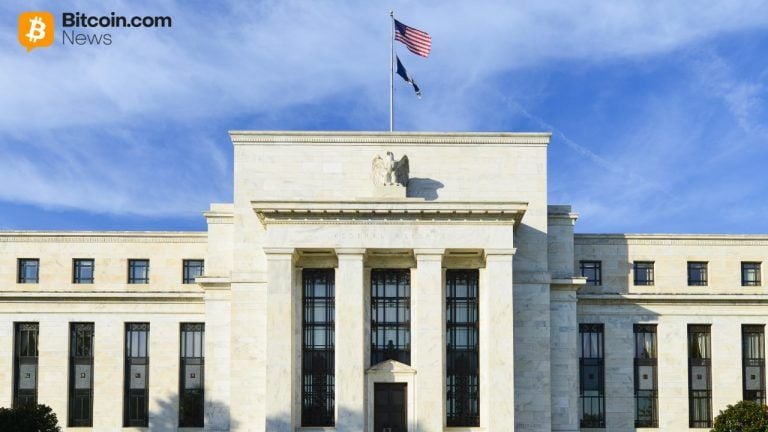

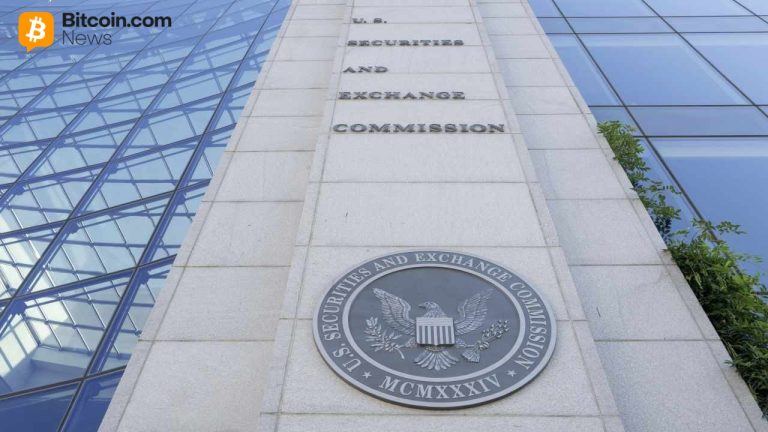
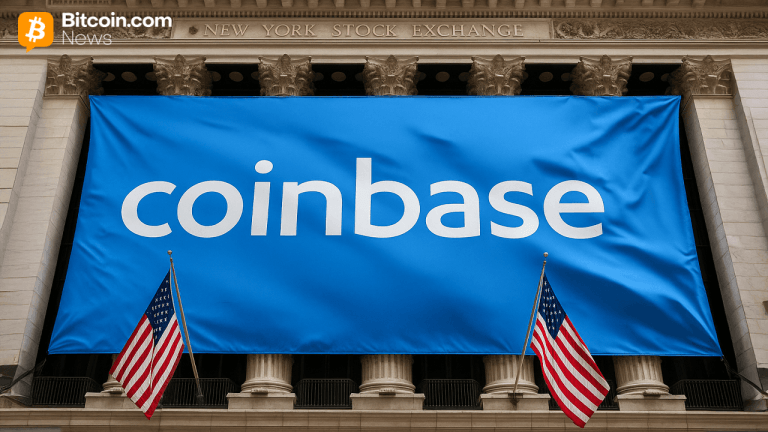



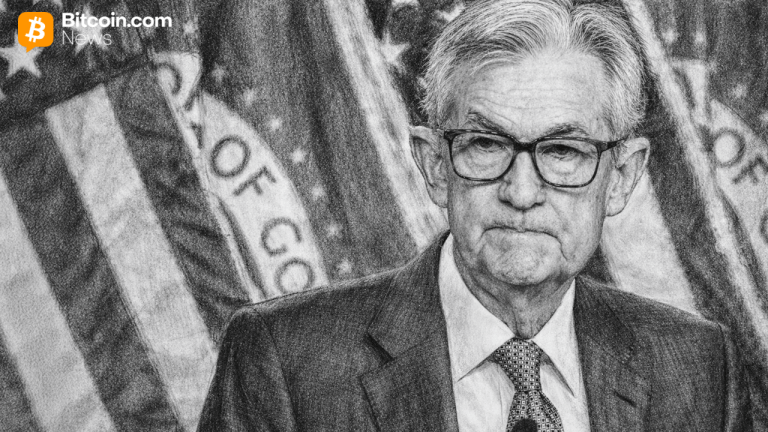
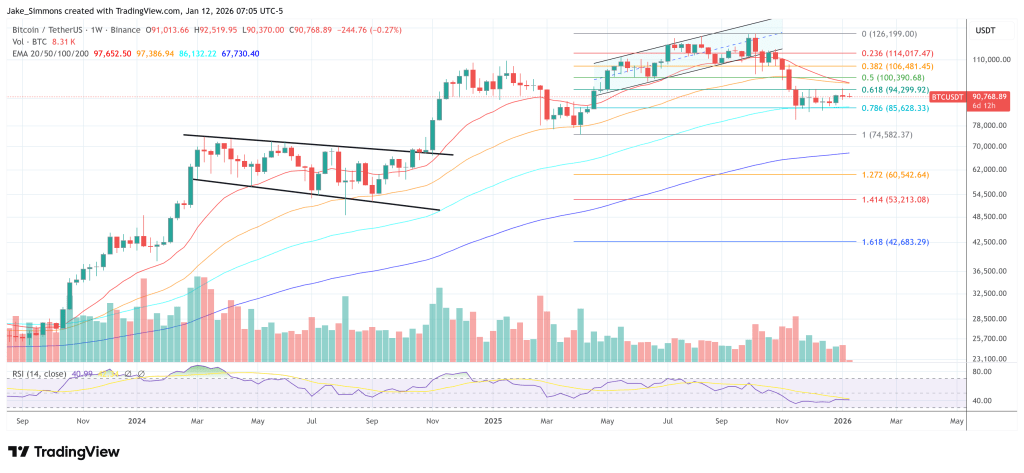





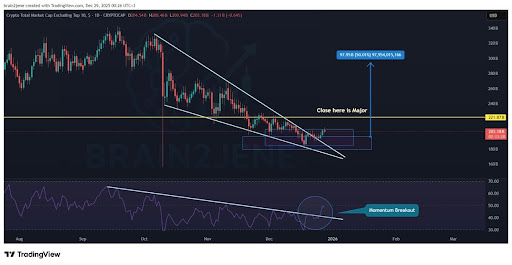





Comments